Meet Xiye Bastida Patrick, the New York version of Greta Thunberg
By Katherine Bagley | November 26, 2019
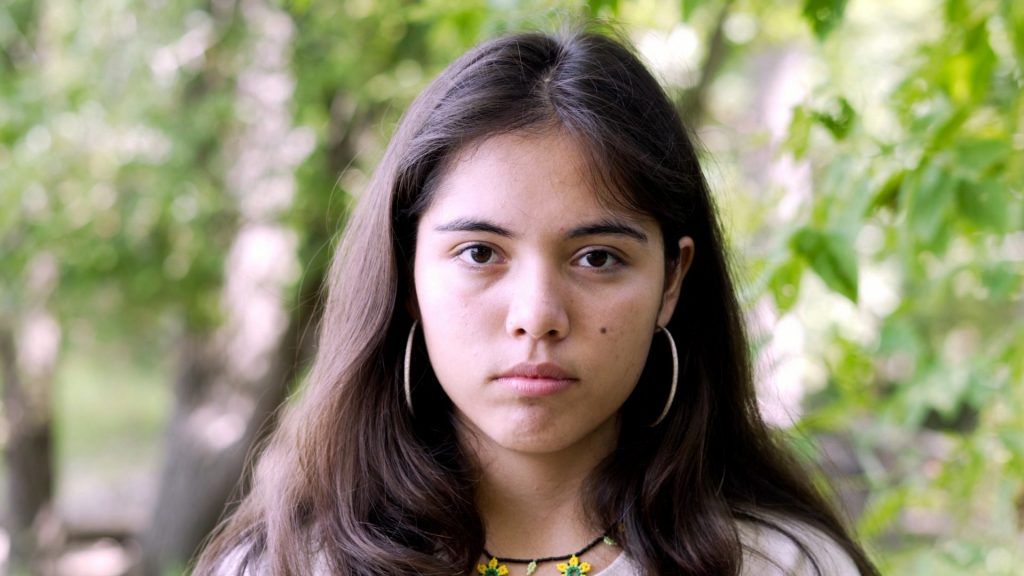 Xiye Bastida Patrick. Image courtesy of Nexus Media
Xiye Bastida Patrick. Image courtesy of Nexus Media
Editor’s note: This story was originally published by Yale Environment 360. It appears here as part of the Climate Desk collaboration. This interview has been edited for length and clarity.
Over the past year, youth activists around the world—most notably Sweden’s Greta Thunberg—have emerged as a powerful voice in the climate movement. Millions of students joined marches, protests, and strikes in more than 185 countries in September, demanding that nations act quickly and aggressively to fight global warming. More demonstrations are planned for later this month.
One of the leaders of this growing youth movement is Xiye Bastida Patrick, a 17-year-old high school senior in New York City. Bastida Patrick has seen the impacts of climate change up close, first when her hometown in Mexico experienced prolonged drought followed by widespread flooding, and then when she moved to New York City and witnessed the impacts of Superstorm Sandy on coastal communities.
In an interview with Yale Environment 360, Bastida Patrick, a leader of the Fridays for Future climate strike campaign and the Peoples Climate Movement, talks about why climate change is such a critical issue for today’s youth, discusses the much-needed diversification of the environmental movement, and explains how a wave of new voters could help make global warming a top issue in the 2020 election
“The key thing is that we’re not going away,” Bastida Patrick said. “This is not something that we care about one day and then we drop the next. We often hear this, but this is the largest crisis that humanity has faced. But it’s also the biggest opportunity for unity and striving for a better world for all of us.”
Yale Environment 360: You grew up in Mexico. How or when did your interest in climate change first begin, and what sparked that interest?
Xiye Bastida Patrick: I was born and raised in a small town called San Pedro Tultepec, outside of Toluca, a neighboring city to Mexico City. In 2015, my town had experienced drought for two years. Then all of a sudden it started experiencing heavy rainfall to the point of flooding. For me, that was the first time in which I saw the effects of the climate crisis, and specifically, the disproportionate effects of it. When I [later] moved to New York City, I saw what Superstorm Sandy [which struck in 2012] had done to New York and the seashore… I just thought, it’s all the same problem. And we should all be part of this movement, because it is not fair, it’s unjust.
e360: You’re a member of the Otomi-Toltec Nation. How does this influence the lens through which you look at the climate crisis?
Bastida Patrick: A lot of people see the climate movement as having gained a lot of momentum recently because of the youth movement. But we know as youth that we did not start the movement at all. We’re just bringing the element of urgency. And we also know that the environmental movement didn’t start 60 years ago with [Rachel Carson’s] Silent Spring, or when Earth Day started 50 years ago next April. Indigenous people have been taking care of the Earth for thousands of years because that is their culture, that is their way of life. For me, being an environmental activist and a climate justice activist is not a hobby, it’s a way of life.
e360: Why do you think that today’s youth are so passionate about this issue?
Bastida Patrick: It is because we are realizing that we are running out of time. And when you tell students that we have a deadline, that’s when we start to get worried. We have 10 years to halve our carbon emissions to stay below 1.5 degrees [Celsius] of warming, and that only gives a 50 percent chance to stay below 1.5 degrees. In 10 years, I’m going to be 27 and we don’t know what environmental and climate disasters are going to come once that temperature is reached. Older generations were able to enjoy and do whatever they wanted without worrying about climate refugees and extreme climate disasters. They didn’t have to worry about it because it’s not something that was detrimental to human existence and the existence of ecosystems. But now we’re seeing extinctions of species every day. We see that the world around us is actually deteriorating, and we’re not going to be able to live in a world that is clean and stable. That’s why youth are rising up.
We also take a lot of inspiration from past movements in which youth have led social change, from the civil rights movement to the anti-war movement. It’s not the first time youth have said, “This is not okay, and we have to do something about it.”
e360: A critic might say that all of these youth-led protests have done little to sway politics or policy on climate change so far, particularly in the United States.
Bastida Patrick: For me, that distinction is highlighted every day. Over the summer, I was among all these climate activists and people who think alike, so you think that anything is possible. But when you go back to school and you have interactions with different people, you realize that solving the climate crisis, it’s not their priority. So how do you bring that to the mainstream conversation, and how do you actually get solutions for it?
We’ve empowered a lot of youth, and people in general, to tackle every level of government, from local policy to state policy to national policy, and obviously highlighting international agreements. We are also getting the youth out to vote. I just recently joined a campaign called One Million of Us, which aims to get out to vote at least 1 million youth for the 2020 election.
e360: Despite a rash of media attention and record-breaking climate protests, the United Nations talks in September were largely considered a failure, with no new pledges from major emitters. What, if anything, do you think will actually incite change?
Bastida Patrick: Right now, we are at a point where the momentum for the climate movement has never been this high. On September 20th and September 27th, we got over 7.6 million people striking worldwide. That’s the biggest climate mobilization in history. Our level of awareness is increasing dramatically. The key thing is that we’re not going away. This is not something that we care about one day and then we drop the next. We often hear this, but this is the largest crisis that humanity has faced. But it’s also the biggest opportunity for unity and striving for a better world for all of us.
Change also comes from our votes—not only in politics, but in business and corporations. The way in which we spend our money says a lot about what we care about. As awareness spreads, we are seeing that we can have an impact on so many different levels. Not only through structural government change, but also in the way in which corporations act. We’ve been in this narrative of personal responsibility for too long, making people feel like they caused the climate crisis because they didn’t recycle. But it is much deeper than that. It’s about why companies are deciding to even pack their things in plastic or ship things across the world. So as we become more conscious, we are going to change our habits of living, and that is going to bring change as well.
e360: How do you see the climate movement changing in the year ahead?
Bastida Patrick: Even in just recent months, I think that the demographics have changed. The climate movement did start in Europe with Greta Thunberg, and a lot of people often say that it is a white movement. But there are all these environmental justice organizations, people on the front lines of the crisis who are fighting for their rights. I’m seeing those two sides starting to merge, because it is a common cause. The predominantly white, mainstream environmental movement starting to acknowledge all the indigenous, black, and brown communities on the front line. These two are merging in an amazing way that is going to make the movement stronger.
In terms of tactics, I recently met Paul Watson, an activist and founder of the Sea Shepherd Conservation Society. He said that the media gets bored, and the media is one of the ways in which you can amplify your voice tremendously. He says that he’s always thinking of new things, creative things so that the media has these stories to tell. That’s what we’re working on next, how to make our direct actions creative so that it’s not always the same thing, but actually innovative and creative every step of the way.
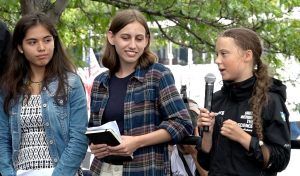
e360: Youth activists are seen as one of the driving forces in the climate fight today, but in many school districts across the United States, teachers and administrators are still fighting for the right to even teach climate change in the classroom. Textbooks or curriculum are sometimes censored. And some school boards have ruled that the issue is too politically charged to be taught. What are activists doing to curtail these efforts?
Bastida Patrick: Curriculum is something that we’re really working on, specifically my friend’s organization called Earth Uprising. Her name is Alexandria Villaseñor, she’s 14 and she started her own nonprofit focused on climate education. But I think that the most important thing is not only to get the system to change in order for climate change to be taught, but for us youth, we see it also as our responsibility to educate our peers. In New York City, we have over 100 school representatives that we provide with resources so that they can give presentations in their schools and teach their peers about it. And over the summer I started a youth activism training program in which I taught over 40 youth how to be activists. And the first lesson was how to start an environmental club at your school, and how to communicate the different layers of the climate crisis to our peers. The most important thing to remember with climate is that we need to meet people where they’re at. We cannot shame anybody for not knowing what greenhouse gases are or what global warming is.
e360: One of the environmental movement’s biggest frustrations in past elections has been that despite the fact that concern about climate change is growing, it’s not the main issue that somebody votes on. Is that changing for new voters in the 2020 election?
Bastida Patrick: We just had a summit where activists from over 25 states gathered, and we are all pushing our peers to vote for climate. I was actually in [CNN’s] climate crisis town hall, and I saw over six candidates give their climate plans. You really could see the difference when a candidate called the Sunrise Movement the Sunshine Movement, you know they’re not really serious about the issue. And then you see candidates who are well-versed on the issue and they tell you their specific plans and budget for it. So we definitely see the difference, and we are constantly speaking up about it. We don’t want the climate crisis to be polarized; we do want political action.
In New York, we passed the Climate Leadership and Community Protection Act and the “Dirty Buildings Bill.” I lobbied for both bills. My whole environmental club went up to Albany [the state capital] and talked to our representatives and told them, “The climate crisis is an issue that we care about, and you need to represent that in your policy.” And when representatives see that from kids, I think it’s shocking for a lot of them when you see 20 kids coming up, taking the trip up to Albany, and that their main issue is the climate crisis. I think that that speaks for itself.
e360: You’re only 17 years old. How do you balance this activism with a normal teenage life, and do you resent at all needing to play this role?
Bastida Patrick: I used to do gymnastics. I used to play guitar. I used to go shopping. I love school, I’ve always been a straight A student. But it’s changed… I did have to let go of some of my other interests. I’ve been doing gymnastics since I was four years old, and now I can’t because I don’t have time. So it hurts a little bit, but I know that what I’m doing is giving me so much energy and empowering me so much. And when I’m striking outside in the street, that energizes me. It’s rewarding.
(A previous version of this article listed Bastida Patrick as living in the Bronx, instead of Morningside Heights, Manhattan. We regret the error.)
Together, we make the world safer.
The Bulletin elevates expert voices above the noise. But as an independent nonprofit organization, our operations depend on the support of readers like you. Help us continue to deliver quality journalism that holds leaders accountable. Your support of our work at any level is important. In return, we promise our coverage will be understandable, influential, vigilant, solution-oriented, and fair-minded. Together we can make a difference.
Keywords: climate change, climate change activists, climate change awareness, youth activists
Topics: Climate Change



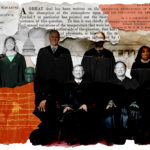
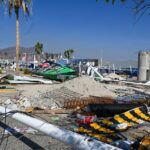
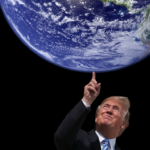








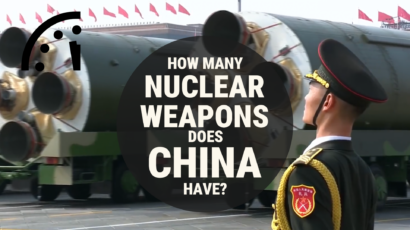

Hello, my name is Xiye, I am the interviewee in the article. I would like to clarify that I am not from the Bronx, I live in Morningside Heights. However, there are so many amazing climate activists from the Bronx who you could interview.